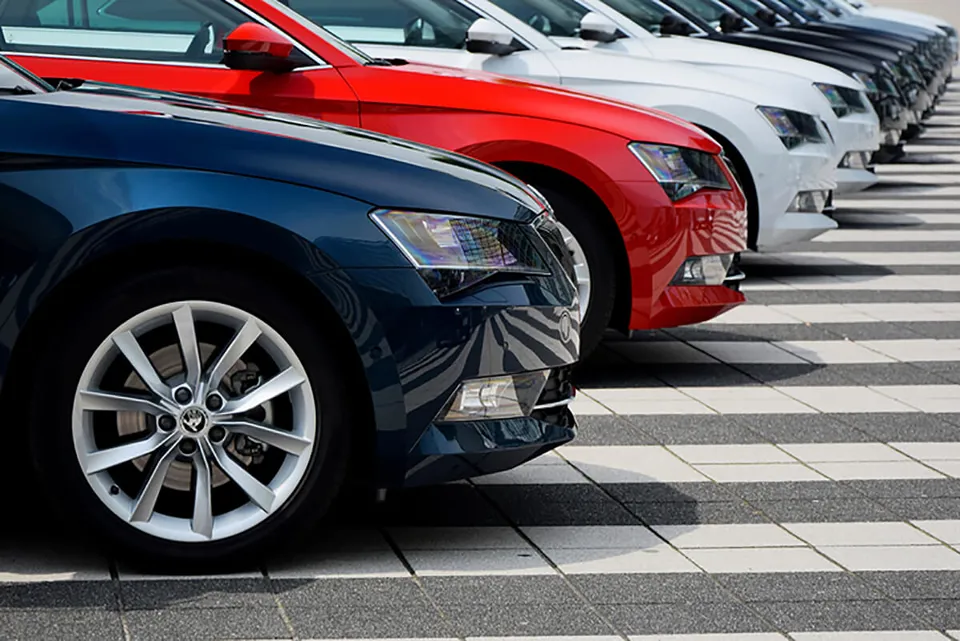New research reveals the most common offences found on driving licences of grey fleet drivers analysed by Licence Check.
While speeding offences made up the largest group of endorsements on driving licences, construction and use offences were in second position. This endorsement is often associated with the vehicle itself, such as bald tyres, defective brakes or carrying an unsafe load.
In third position were insurance offences, which usually feature vehicles uninsured against third party risks.
Richard Brown, managing director of Licence Check, said: “It’s not surprising that speeding is the number one offence amongst drivers. But what should be ringing alarm bells for those responsible for corporate health and safety, or management of organisational risk, is the incidence of insurance and construction and use offences.
“The BVRLA in their recent report on grey fleet management refer to DfT figures showing some 40% of eight-year old vehicles - average vehicle age in grey fleet - fail their MOT when first presented for the test. This figure drops dramatically for newer vehicles. It shouldn’t come as a surprise that the number of construction and use endorsements correlates with this figure.
“It is a widely-recognised truth that drivers are reluctant to spend money maintaining older vehicles and will ignore faults, or cut corners accordingly.
“The same is true with insurance. Drivers may try to save a few pounds at the expense of proper business insurance cover – particularly if they know their employer isn’t likely to check.
“In other cases drivers may not fully understand the implications of driving without the appropriate business cover.
“What is surprising is the number of organisations that don’t take steps to address this, or they choose to ignore, despite their legal obligation to ensure that grey fleet vehicles are reasonably safe to use, are fit for purpose and are lawfully on the road.
“Unfortunately, all too often, business incorrectly assumes that because the vehicle is owned by the driver, and not the company, they are eliminated from any responsibility.
“Employers put themselves at risk of claims if staff are driving on company business and are involved in an accident, without proper business insurance cover. Equally there is a risk that employees who are driving vehicles that are not roadworthy, nor fit for purpose, could cause harm to others. This could lead to the employer being prosecuted and heavily fined if they do not have a robust policy in place and are seen to be culpable in some way.
“It is also worth remembering where employees are reimbursed for business mileage at HMRC approved mileage rates, these are calculated to include the costs of maintenance and insurance. Car allowances, if paid, are similarly intended to contribute towards actual running costs. Given that the employer is effectively contributing towards these costs, putting systems in place to ensure that the vehicle remains serviceable, correctly insured and safe is surely not unreasonable.
“The good news is that those businesses that take control of their grey fleets will also typically benefit from savings in terms of lost hours from breakdown, or other easily preventable causes. They will also reduce the exposure of their senior managers and directors to the risk of prosecution and imprisonment if proper policies and procedures are in place.
“The savings over the indirect costs of not taking action, will more than justify any investment costs over a fairly short period.”
















Login to comment
Comments
No comments have been made yet.